M R Rixom,N P Mailvaganam,ebrary, Inc.9780203017241, 0203017242
Table of contents :
Chemical Admixtures for Concrete, Third Edition……Page 2
Dedication……Page 4
Disclaimer……Page 12
Foreword to the third edition……Page 13
Acknowledgements……Page 16
Contents……Page 5
1.1 Background and definitions……Page 17
Table of Contents……Page 1
1.2.1 Lignosulfonates……Page 21
1.2.2 Hydroxycarboxylic acids……Page 25
1.3 The effects of water-reducing admixtures on the water-cement system……Page 27
1.3.1 Rheological considerations……Page 28
1.3.2 Initial surface effects……Page 30
1.3.3 Effects on the products and kinetics of hydration……Page 38
1.3.4 Interpretation in terms of a mode of action……Page 45
1.5.1 Air entrainment……Page 46
1.5.2 Workability……Page 47
1.5.3 Workability loss……Page 50
1.5.4 Water reduction……Page 52
1.5.5 Setting characteristics of fresh concrete containing water-reducing admixtures……Page 56
1.5.6 The stability of fresh concrete containing waterreducing admixtures……Page 57
1.5.7 Mix design considerations……Page 59
1.6.1 Structural design parameters……Page 61
1.6.2 Durability aspects……Page 66
1.6.3 Durability guidelines……Page 88
References……Page 89
2.2 The chemistry of superplasticizers……Page 93
2.2.1 Sulfonated naphthalene formaldehyde……Page 94
2.2.2 Sulfonated melamine formaldehyde……Page 95
2.2.3 Polyacrylates……Page 96
2.3.1 Rheological effects……Page 97
2.3.2 Zeta potential……Page 98
2.3.3 Adsorption……Page 99
2.3.4 Effects on the products and kinetics of hydration……Page 100
2.3.5 Interpretation in terms of a mode of action……Page 104
2.4 Effects of superplasticizers on the properties of concrete……Page 105
2.5.1 Air entrainment……Page 106
2.5.2 Workability……Page 107
2.6 The effects of superplasticizers on the properties of hardened concrete……Page 109
2.6.1 Compressive strength……Page 110
2.6.2 Shrinkage and creep……Page 115
References……Page 117
3.1.1 Durability……Page 120
3.1.3 Density……Page 121
3.2.1 Neutralized wood resins……Page 122
3.2.4 Alkyl sulfates……Page 123
3.3 The effects of air-entraining agents on the water-cement system……Page 124
3.3.1 Rheology……Page 125
3.3.2 Air content and characteristics……Page 126
3.3.3 Distribution between solid and aqueous phases……Page 131
3.3.4 Effects on the hydration chemistry of cement……Page 132
3.3.5 Interpretation as a mechanism of action……Page 135
3.4.1 Volume of air entrained……Page 136
3.4.2 The stability of the entrained air……Page 144
3.4.4 Water reduction……Page 148
3.4.6 Mix design requirements……Page 149
3.5.1 Structural design parameters……Page 151
3.5.2 Durability aspects……Page 153
References……Page 163
4.1 Background and definitions……Page 165
4.2 The chemistry of concrete dampproofers……Page 166
4.2.1 Materials which react with cement hydration products……Page 167
4.2.3 Finely divided hydrophobic materials……Page 168
4.3.3 Effects on the capillary system of hardened paste……Page 169
4.4 The effects of dampproofers on the properties of plastic concrete……Page 172
4.5.1 Structural design parameters……Page 173
4.5.2 Durability aspects……Page 174
References……Page 176
5.1 Background and definitions……Page 178
5.2.2 Calcium formate……Page 179
5.3.2 Chemical effects……Page 180
5.3.3 Effects on cement hydration……Page 183
5.3.4 Mechanism of action……Page 192
5.4.1 Effect on heat evolution……Page 194
5.4.2 Effect on setting time……Page 196
5.5.1 Structural design parameters……Page 197
5.5.2 Durability aspects……Page 198
References……Page 213
6.1 Introduction……Page 215
6.2.1 Alkali-aggregate reaction……Page 216
6.2.2 Types of admixtures……Page 217
6.2.3 Mode of action……Page 222
6.2.4 Effects on the plastic and hardened proper ties of mortar and concrete……Page 223
6.3 Antifreeze admixtures……Page 224
6.3.1 Chemical composition and mode of action……Page 225
6.4.1 Categories……Page 228
6.4.2 Formulating non-dispersible underwater concrete……Page 230
6.4.3 Effects produced on plastic and hardened concrete……Page 231
6.4.4 Factors affecting the performance of antiwashout admixtures……Page 232
6.4.5 Mixing and storage……Page 233
6.5 Corrosion-inhibiting admixtures……Page 235
6.5.2 Types of corrosion inhibitors……Page 236
6.5.3 Research on other corrosion inhibitors……Page 242
6.6 Calcium-sulfoaluminate-based expanding admixtures……Page 243
6.6.2 Mode of action……Page 244
6.6.3 Mix proportioning, mixing and curing……Page 246
6.6.4 Factors influencing the reaction……Page 247
6.6.5. Effects on the plastic and hardened properties of mortar and concrete……Page 250
6.7 Polymer-based admixtures……Page 251
6.7.1 Categories……Page 252
6.7.2 Material parameters influencing performance……Page 254
6.7.3 Modification of the cementitious matrix……Page 255
6.7.4 Mix proportioning……Page 257
6.7.5 Mixing, placing and curing……Page 258
6.7.6 Properties of latex-modified mortar and concrete……Page 259
6.7.7 Applications……Page 264
6.8 Admixtures for recycling concrete waste……Page 265
6.9 Shotcrete admixtures……Page 268
6.9.1 Types of admixtures and mode of action……Page 271
6.9.2 Factors influencing the effects of the admixture……Page 276
6.9.3 Effects on the plastic and hardened properties of concrete and mortar……Page 277
6.9.4 Guidelines for use……Page 279
6.10 Shrinkage-reducing admixtures……Page 281
6.10.2 Effects on the hardened properties of concrete……Page 284
6.10.3 Factors affecting the performance of shrinkage-reducing admixtures……Page 285
References……Page 287
7.1 Introduction……Page 292
7.2 Air-entraining admixtures……Page 294
7.2.1 Control measures used to ensure proper air entrainment……Page 297
7.2.2 Methods of placing……Page 299
7.2.3 Air-entraining admixture/superplasticizer compatibility……Page 300
7.2.4 Composite air-entraining-water-reducing admixtures……Page 301
7.3. Normal-setting water-reducing admixtures……Page 304
7.3.1 Ready-mixed concrete……Page 305
7.3.2 High-strength/high-performance concrete……Page 308
7.3.4. Pumping……Page 313
7.3.5 ‘Watertight’ concrete……Page 315
7.4 Set-retarding and water-reducing admixtures……Page 316
7.4.1 Retarded concrete for large pours……Page 317
7.4.2 Slip-forming……Page 320
7.4.3. Marine structures……Page 325
7.4.4 Tilt-up construction……Page 327
7.5.1 Purpose and advantages resulting from the use of accelerators……Page 328
7.5.3 Accelerators for use in blended cement (fly ash or slag) mixtures……Page 329
7.6 Superplasticizers (high-range water reducers)……Page 330
7.6.1 Flowing concrete……Page 331
7.6.2 High-range water-reduced concrete……Page 341
7.6.3 High-performance concrete and mortar……Page 345
7.7 Viscosity-enhancing admixtures……Page 356
7.7.1 Grouting applications……Page 357
7.7.2 Underwater concrete……Page 361
7.7.3 Formulation of construction products……Page 364
7.8. Dampproofing admixtures……Page 365
7.9 Recycling of cementitious wastes……Page 366
7.10 Hot-weather concreting……Page 367
7.10.1 Relevance of ASTM standards……Page 373
7.10.2 Use of fly ash……Page 374
7.11 Cold-weather concreting……Page 375
7.11.1 Acceleration of hydration and depression of the freezing point of the mix water……Page 378
7.11.2 Reduction of freezabl/e water……Page 381
7.11.3 Case studies……Page 382
7.12 Economic aspects of admixture use……Page 383
7.12.1 Economies in mix proportioning……Page 384
7.12.2 Economies from improved durability……Page 385
7.12.3 Economies from improved placing characteristics and construction methods……Page 386
7.12.4 Precast concrete……Page 388
7.12.5 Economic benefits of cold-weather admixtures……Page 391
7.13 Guidelines for the use of admixtures……Page 393
7.13.1 Evaluation and selection……Page 394
7.13.3 Precautions in the use of admixtures……Page 396
7.13.4 Mix proportioning using computers……Page 398
7.13.6 Admixture problems—limitations and incompatibility……Page 399
7.14 Batching and dispensing of admixtures……Page 418
7.14.1 Manufacture……Page 419
7.14.2 Packaging and delivery……Page 420
7.14.3 Labels……Page 422
7.14.4 Storage……Page 423
7.14.5 Dispensing of admixtures……Page 425
7.14.6 Dispensing equipment……Page 428
7.14.7 Calibration and maintenance of batching systems……Page 437
7.14.8 Computer batching……Page 438
References……Page 440
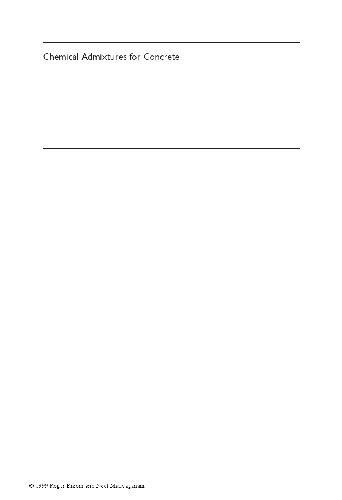


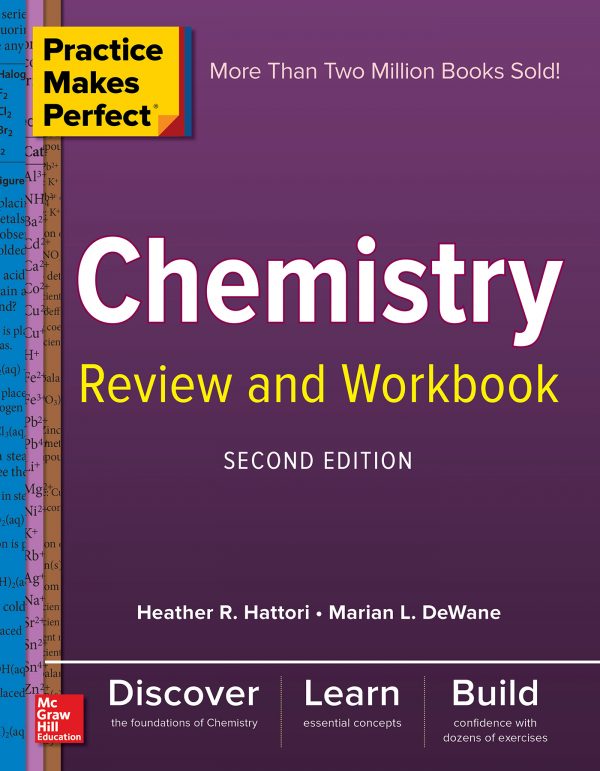
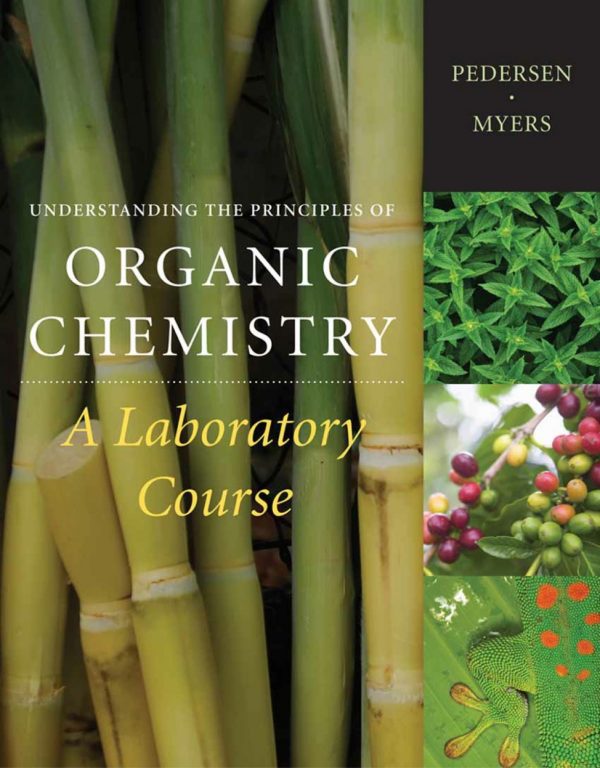
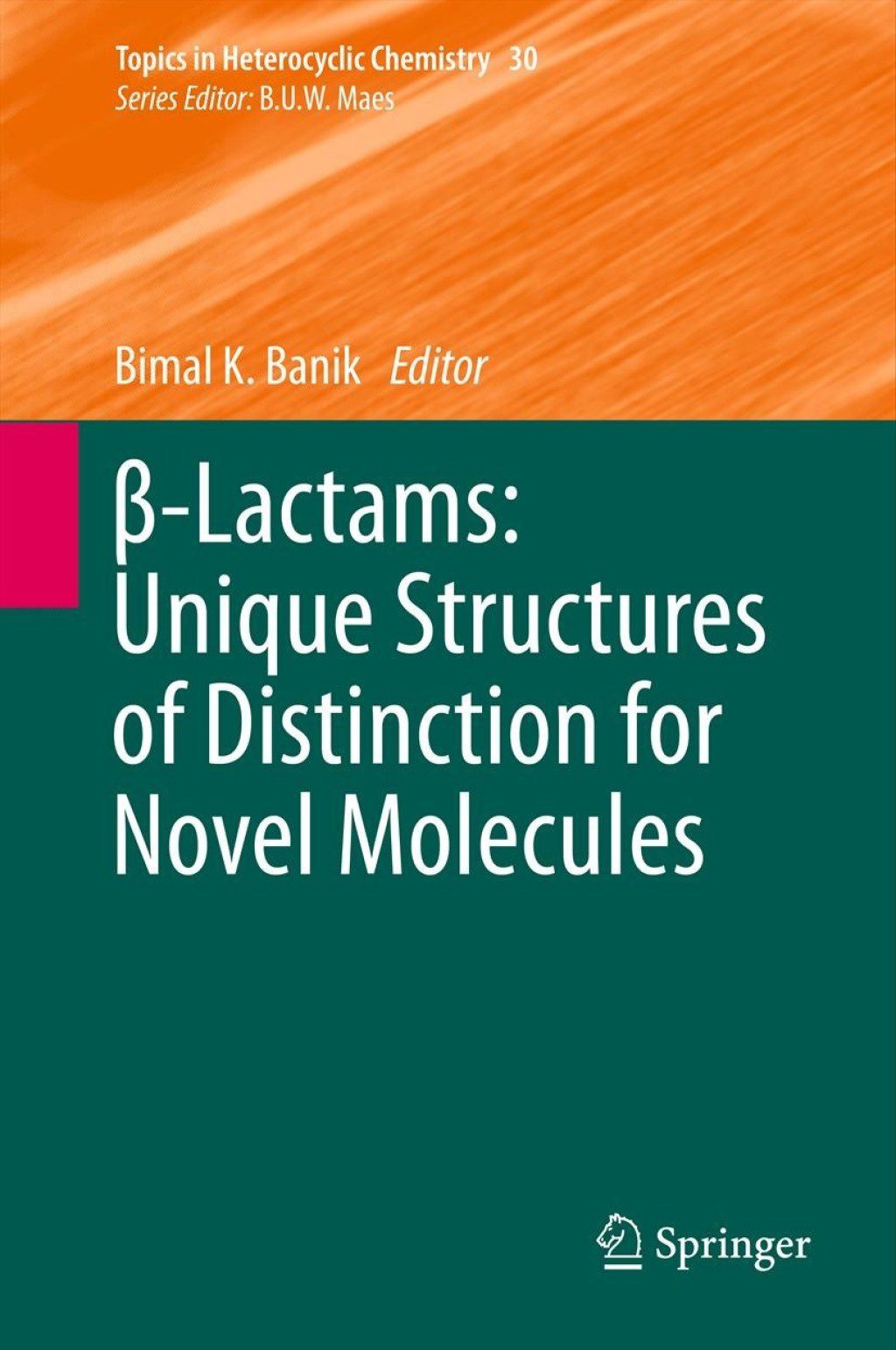
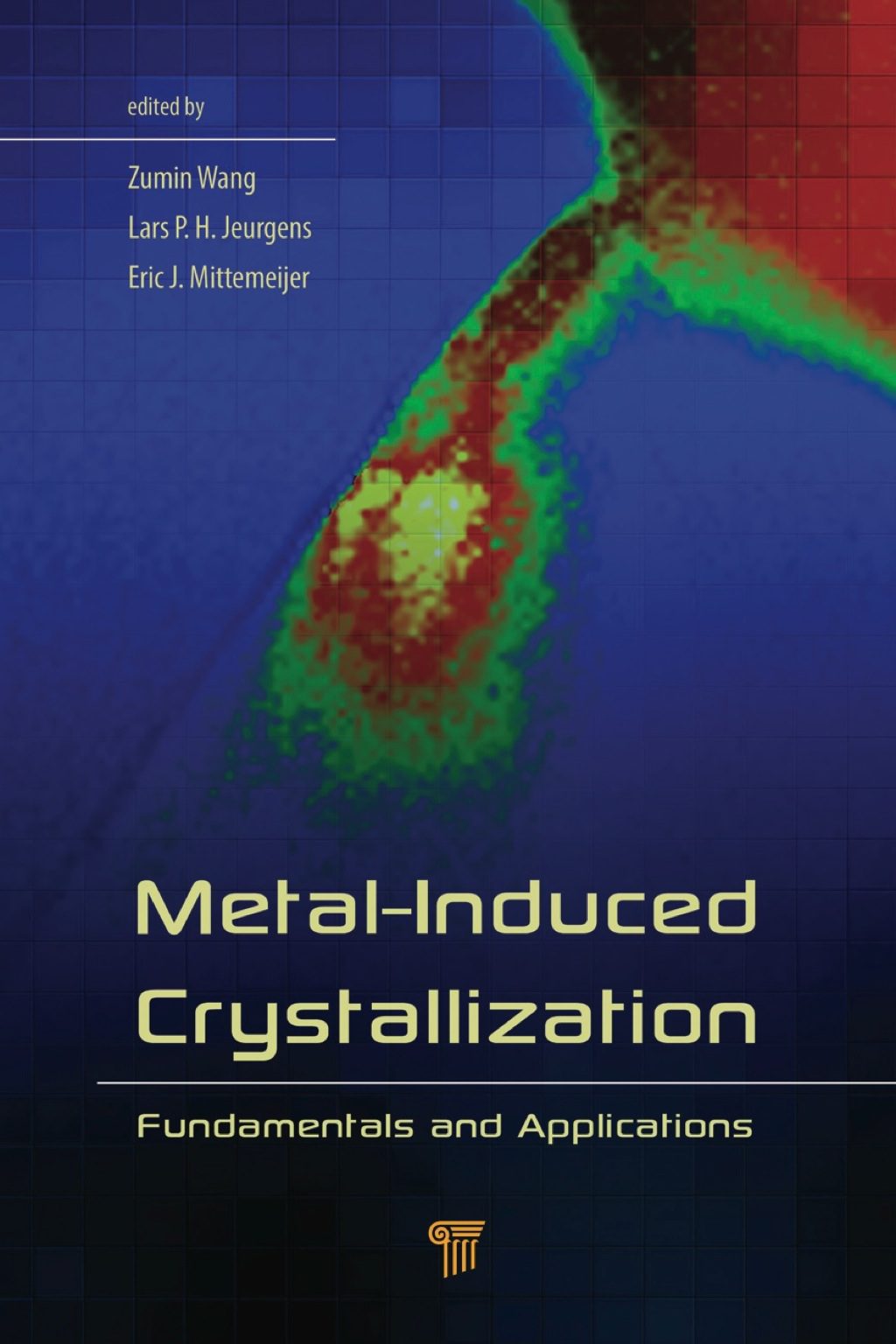
Reviews
There are no reviews yet.